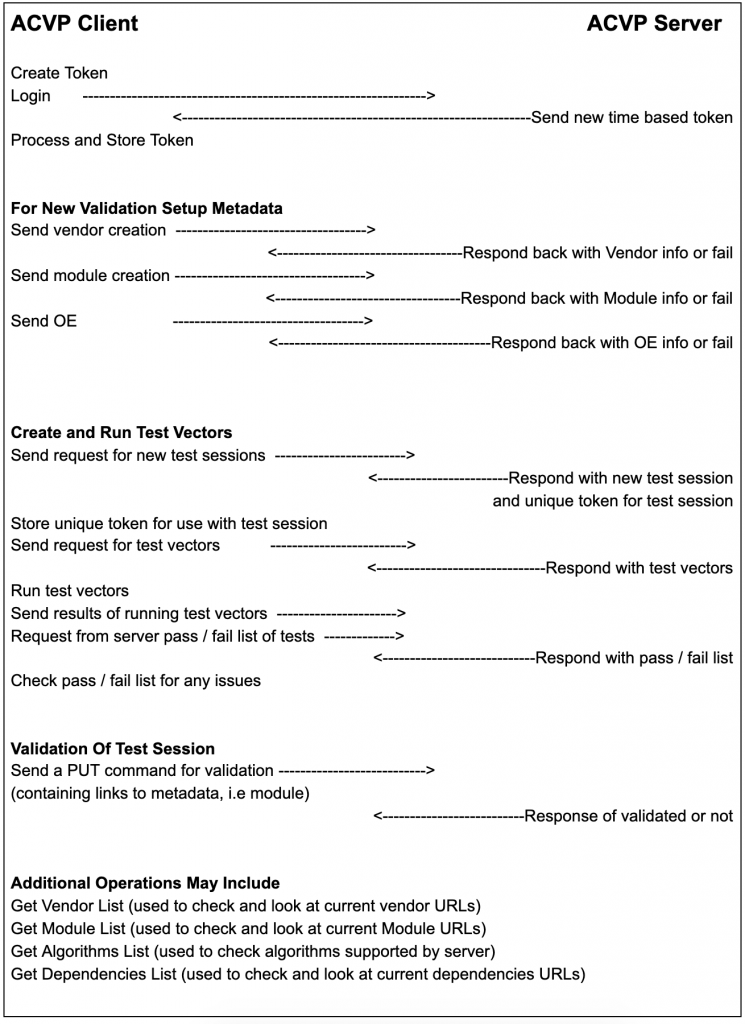wolfSSL FIPS Ready
Along with the recent release of wolfSSL v4.1.0, wolfSSL has updated its support for the wolfCrypt FIPS Ready version of the wolfSSL library. wolfCrypt FIPS Ready is our FIPS enabled cryptography layer included in the wolfSSL source tree that can be enabled and built. To elaborate on what FIPS Ready really means: you do not get a FIPS certificate and you are not FIPS approved. FIPS Ready means that you have included the FIPS code into your build and that you are operating according to the FIPS enforced best practices of default entry point, and Power On Self Test (POST).
FIPS Ready with curl
(modified from Daniel Stenberg)
The integration of wolfSSL and curl means that the curl library can also be built using the wolfCrypt FIPS ready library. The following outlines the steps for building curl with FIPS Ready:
1. Download wolfSSL fips ready
2. Unzip the source code somewhere suitable:
$ cd $HOME/src
$ unzip wolfssl-4.1.0-gplv3-fips-ready.zip
$ cd wolfssl-4.1.0-gplv3-fips-ready
3. Build the fips-ready wolfSSL and install it somewhere suitable:
$ ./configure --prefix=$HOME/wolfssl-fips --enable-harden --enable-all
$ make -sj
$ make install
4. Download curl, the normal curl package.
5. Unzip the source code somewhere suitable:
$ cd $HOME/src
$ unzip curl-7.66.0.zip
$ cd curl-7.66.0
6. Build curl with the just recently built and installed FIPS ready wolfSSL version:
$ LD_LIBRARY_PATH=$HOME/wolfssl-fips/lib ./configure --with-wolfssl=$HOME/wolfssl-fips --without-ssl
$ make -sj
7. Now, verify that your new build matches your expectations by:
$ ./src/curl -V
It should show that it uses wolfSSL and that all the protocols and features you want are enabled and present. If not, iterate until it does!
wolfSSL FIPS ready is open source and dual-licensed. More information about building FIPS ready can be found in the FIPS Ready user guide.
More information about wolfSSL and curl can be found on the curl product page.
Details on wolfSSL support for curl is also located on the support page.
If you have any questions or run into any issues, contact us at facts@wolfssl.com, or call us at +1 425 245 8247.


